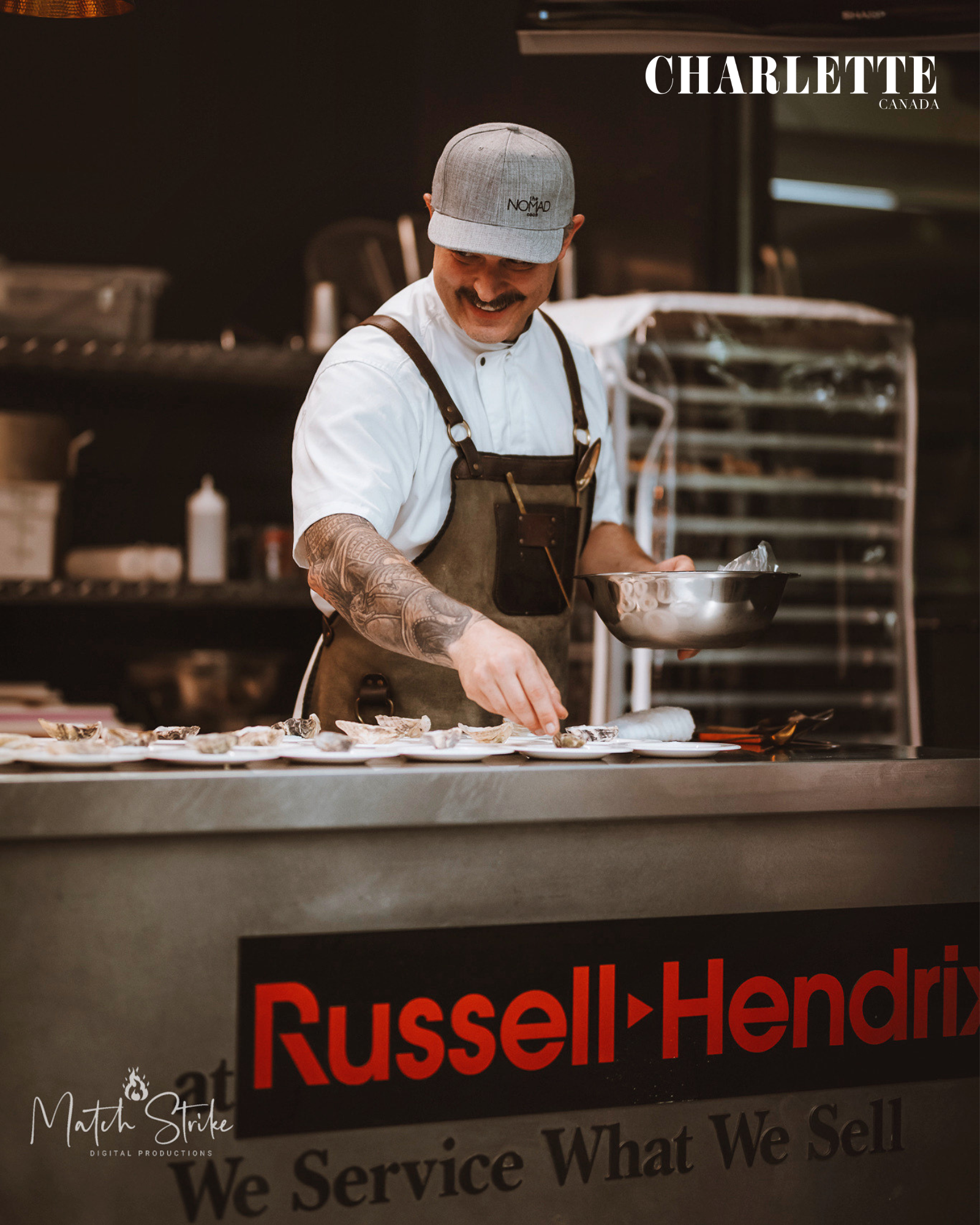 It started with a single spark. In 2018, just as Canada legalized cannabis federally, Travis Petersen turned his home into a weekend-long pop-up restaurant for 420 celebrations. It was never supposed to go beyond that. He had a clear intention—to test the waters with a one-off cannabis-infused dinner experience. But what unfolded was far more compelling. Over the course of four days, 164 guests sat at Petersen’s table. Total strangers, they broke bread, shared laughter and left as friends, transcending generational, cultural and social barriers. In that unassuming setting, the power of culinary cannabis revealed itself to him—not as a gimmick or a trend, but as a bridge.
It started with a single spark. In 2018, just as Canada legalized cannabis federally, Travis Petersen turned his home into a weekend-long pop-up restaurant for 420 celebrations. It was never supposed to go beyond that. He had a clear intention—to test the waters with a one-off cannabis-infused dinner experience. But what unfolded was far more compelling. Over the course of four days, 164 guests sat at Petersen’s table. Total strangers, they broke bread, shared laughter and left as friends, transcending generational, cultural and social barriers. In that unassuming setting, the power of culinary cannabis revealed itself to him—not as a gimmick or a trend, but as a bridge.
What followed was a journey few could have predicted. Since that long weekend, Petersen has hosted over 25000 guests, introducing more than 1000 first-time cannabis users to the plant in a culinary context. His passion became a purpose. His kitchen became a movement.
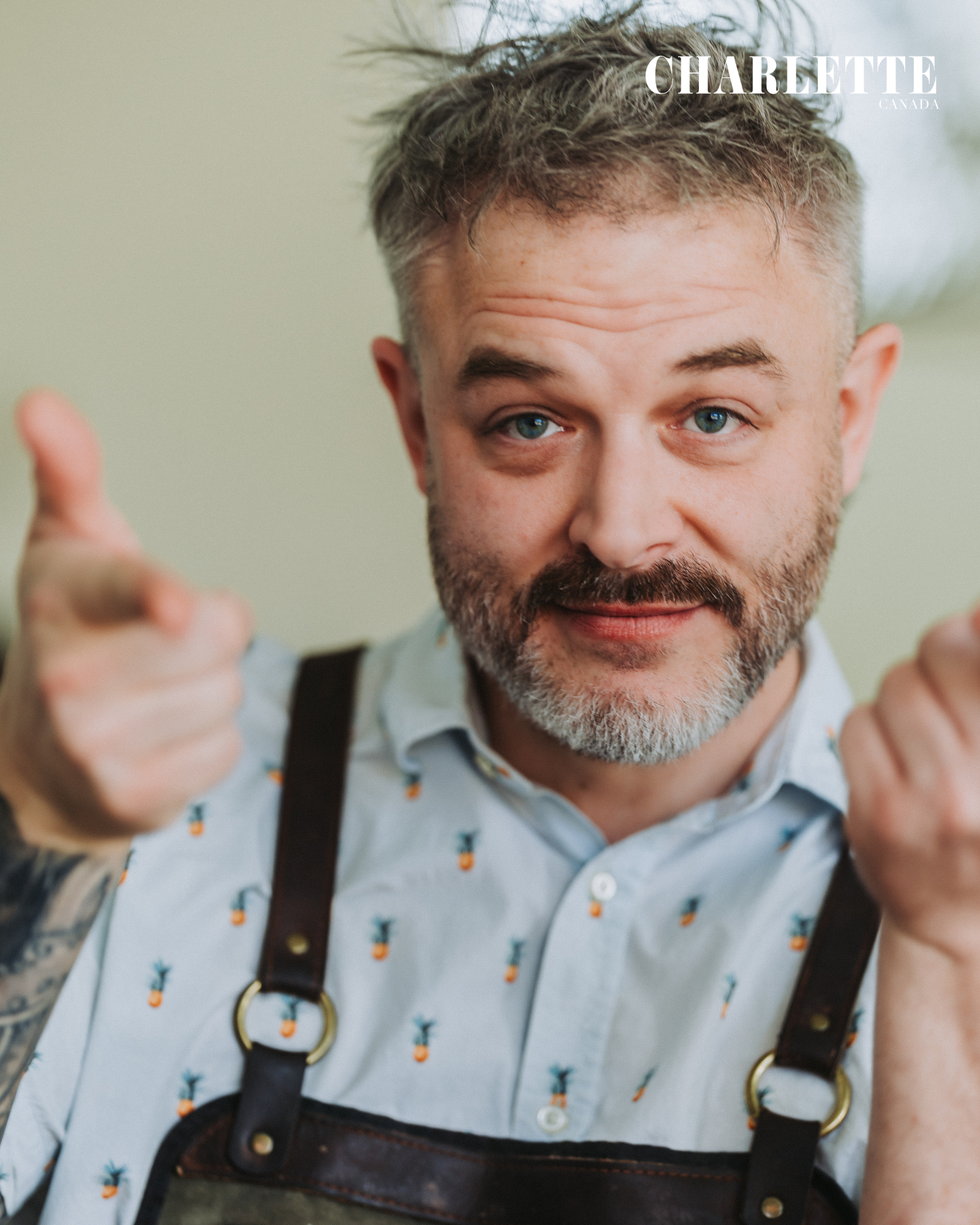 Before the infused cuisine, there was MasterChef Canada. A platform that humbled him, he admits. Eliminated by the second episode, Petersen walked away not with fame, but with fierce motivation. “It made me realise I really didn’t know much and that I had a lot to prove,” he says. But with a background in sales and marketing, he knew how to work a window of opportunity. The show gave him access, visibility and just enough edge to get his foot into spaces that would have otherwise remained closed. It also gave him allies—celebrity chefs from the United States who joined him in Canada for “The Nomad Dinner Club,” a series that not only strengthened his skills but cemented his confidence.
Before the infused cuisine, there was MasterChef Canada. A platform that humbled him, he admits. Eliminated by the second episode, Petersen walked away not with fame, but with fierce motivation. “It made me realise I really didn’t know much and that I had a lot to prove,” he says. But with a background in sales and marketing, he knew how to work a window of opportunity. The show gave him access, visibility and just enough edge to get his foot into spaces that would have otherwise remained closed. It also gave him allies—celebrity chefs from the United States who joined him in Canada for “The Nomad Dinner Club,” a series that not only strengthened his skills but cemented his confidence.
Petersen is a builder at heart. He builds experiences, flavors and philosophies that shift perception. One of his most treasured memories took place at Soho House in London, where four women over 70 years old tried cannabis for the first time. Each was served a five-course meal infused with 2.5 milligrams of THC, and by the end of the evening, they were giggling like teenagers. So delighted were they that they booked him for another private dinner—a themed “High Tea” to take place this summer.
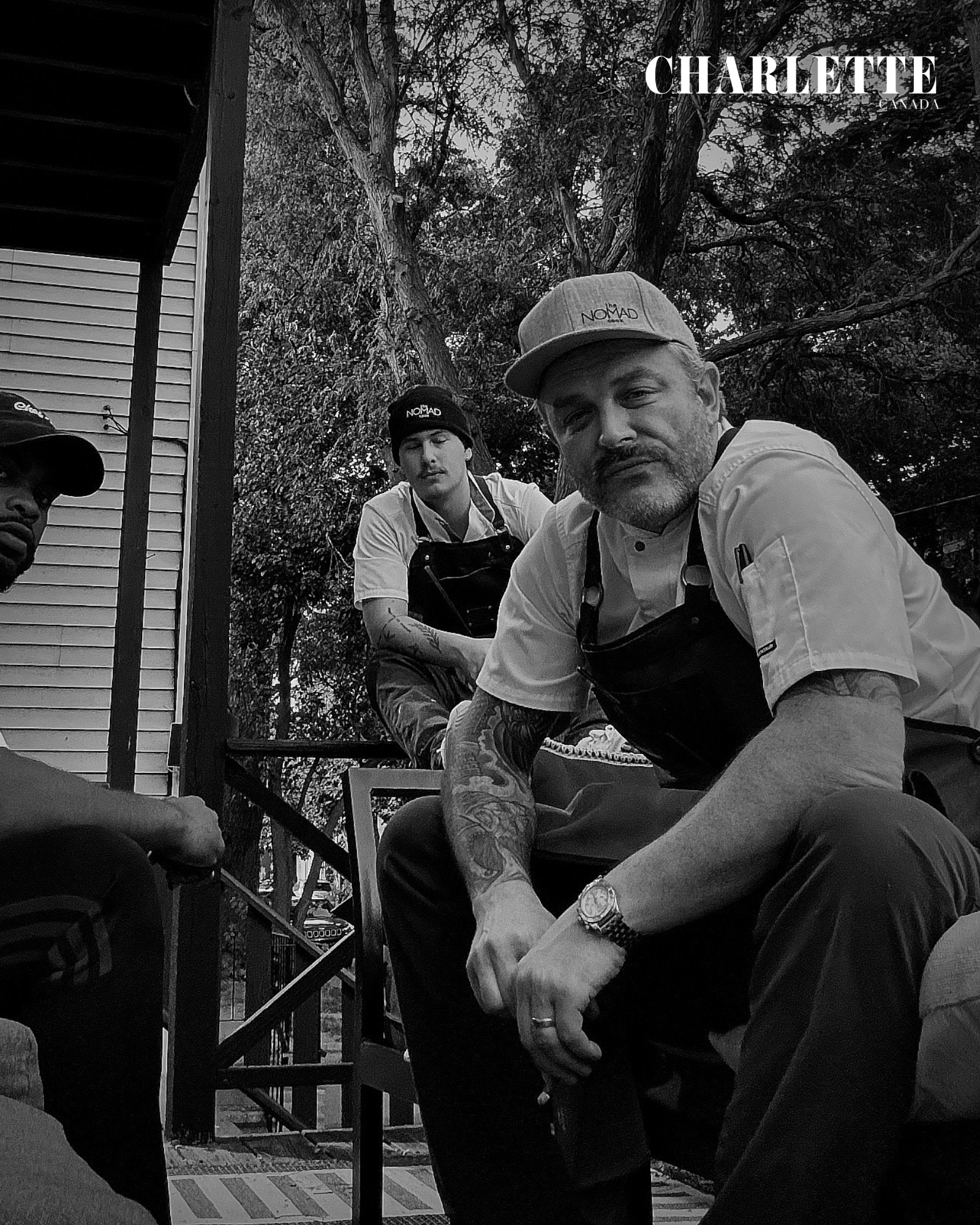 Stories like that remind him of the quiet beauty in this work. While much of the world associates cannabis edibles with cookies, brownies or candy-like gummies, Petersen’s cuisine is something else entirely. Rooted in technique, precision and storytelling, his dishes are designed not to overwhelm but to elevate. For him, the future of cannabis dining is not about indulgence but impact. He sees a future where cannabis joins the conversations around sports medicine, wellness and recovery. He’s already thinking beyond dinner. What about cannabis-infused meals designed to ease inflammation, promote sleep or support gut health for professional athletes? The moment has arrived. “With the MLB, NBA and NCAA now allowing their athletes to use cannabis, we can create recipes that focus on helping with sleep, anti-inflammatory properties and gut health,” he says with quiet certainty.
Stories like that remind him of the quiet beauty in this work. While much of the world associates cannabis edibles with cookies, brownies or candy-like gummies, Petersen’s cuisine is something else entirely. Rooted in technique, precision and storytelling, his dishes are designed not to overwhelm but to elevate. For him, the future of cannabis dining is not about indulgence but impact. He sees a future where cannabis joins the conversations around sports medicine, wellness and recovery. He’s already thinking beyond dinner. What about cannabis-infused meals designed to ease inflammation, promote sleep or support gut health for professional athletes? The moment has arrived. “With the MLB, NBA and NCAA now allowing their athletes to use cannabis, we can create recipes that focus on helping with sleep, anti-inflammatory properties and gut health,” he says with quiet certainty.
But with this power comes responsibility. Petersen’s world, the most important skill a cannabis chef can possess is complete confidence in their extractions. Dosing is sacred. Inaccuracies can ruin a guest’s night, or worse, damage the progress of the entire culinary cannabis movement. His approach is layered and holistic. He does not seek maximum THC. Instead, he looks to terpenes, the aromatic compounds found in plants, fruits, herbs and cannabis alike, and finds harmony between them. His menus are designed to deliver the entourage effect, a physiological experience created when multiple cannabinoids. This is where the real magic happens. A well-designed infused meal, for Petersen, is not just about getting high. It’s about triggering laughter, stimulating creativity, inviting sleep or conjuring deep calm.
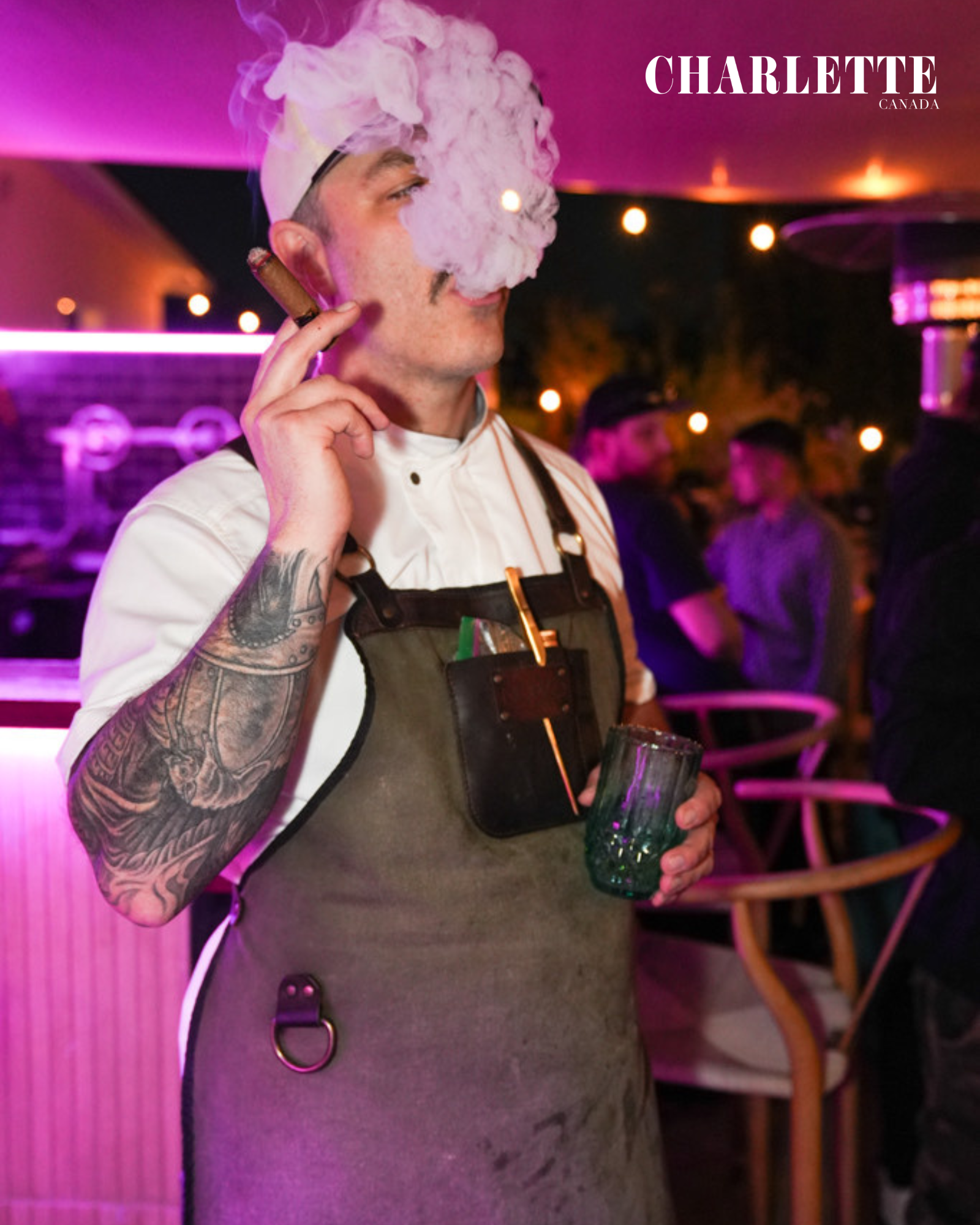 With that mindset, it’s no surprise that his cookbook didn’t stop at recipes. It offered theory. Over 70 pages of it. A foundational guide not just for chefs but for curious home cooks eager to explore the plant’s potential responsibly. The response was overwhelming—and it confirmed what he already suspected. There was a huge void in cannabis culinary education. To bridge it, he launched an online course. And then, something remarkable happened. The American Culinary Federation adopted it as the official prerequisite training for any chef who wants to work with cannabis in the United States. “This is a huge step towards one day seeing cannabis in a restaurant space,” he says, still awed by the milestone.
With that mindset, it’s no surprise that his cookbook didn’t stop at recipes. It offered theory. Over 70 pages of it. A foundational guide not just for chefs but for curious home cooks eager to explore the plant’s potential responsibly. The response was overwhelming—and it confirmed what he already suspected. There was a huge void in cannabis culinary education. To bridge it, he launched an online course. And then, something remarkable happened. The American Culinary Federation adopted it as the official prerequisite training for any chef who wants to work with cannabis in the United States. “This is a huge step towards one day seeing cannabis in a restaurant space,” he says, still awed by the milestone.
Ironically, despite Canada’s pioneering legalisation, it’s the US that seems more ready to embrace cannabis cuisine in practice. Overregulation has stifled growth back home. “The leaders of our Canadian post secondary culinary institutions are still stuck in an old mindset,” he says. He’s watched with some frustration as American cannabis tourism explodes—infused pizza joints in New York, cannabis-friendly hotels in Arizona, and massive music festivals celebrating the plant in California, while Canada’s edible market remains tightly capped at 10 milligrams per serving. It limits innovation. It limits expression. And for seasoned consumers, it limits function.
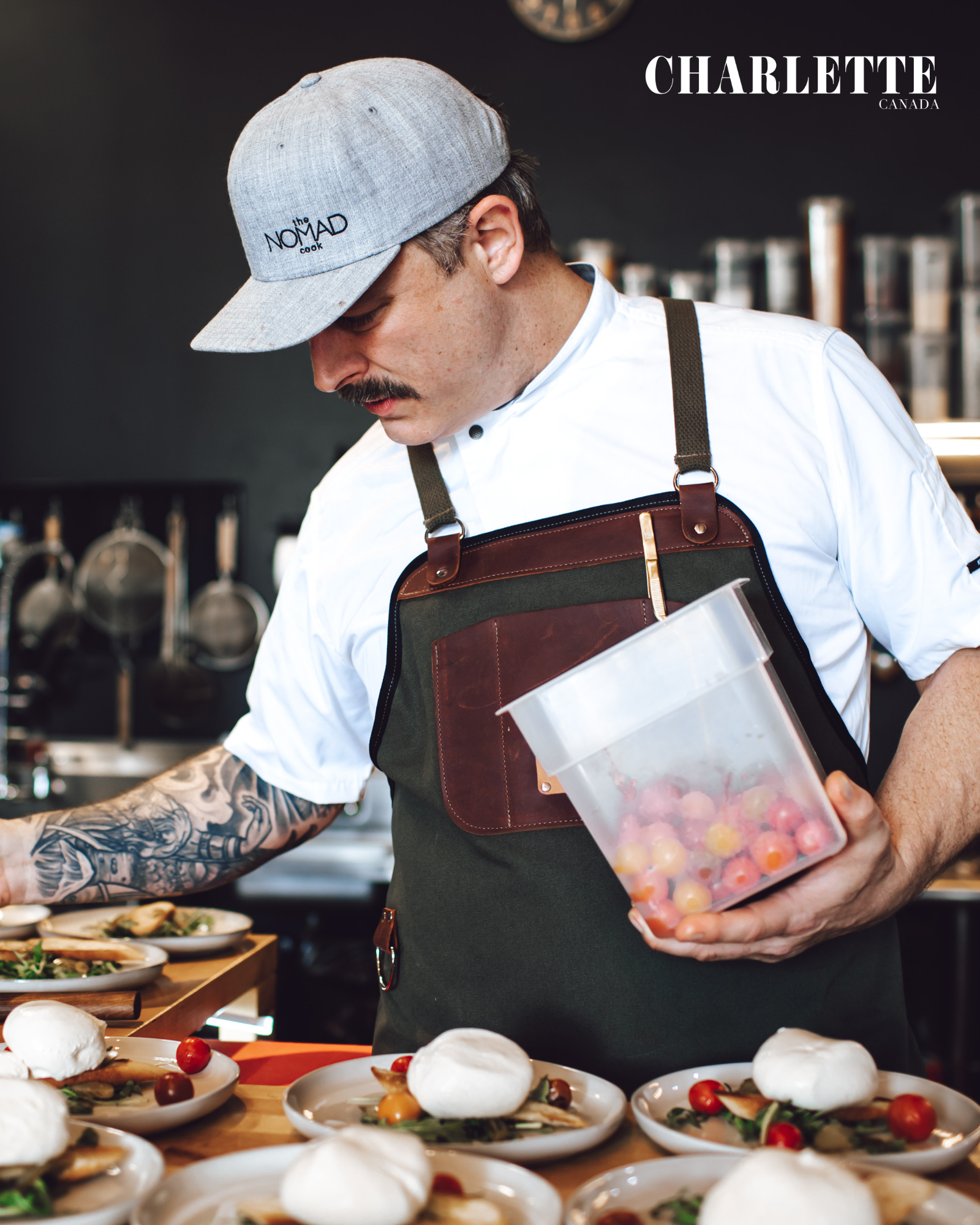 He dreams of a Canada where this cuisine can flourish. Where chefs are empowered to host pop-up dinners from coast to coast. Where food becomes a vehicle for reframing cannabis as something elegant, therapeutic and essential. He wants to see Health Canada rethink the dosage restrictions. More importantly, he wants educational leaders to update their lens. “We need our educational leaders to let go of the 20th century’s viewpoint on cannabis and join us in the 21st,” he says firmly. “Canada has an opportunity to become a destination that people would travel to just to experience this cuisine.”
He dreams of a Canada where this cuisine can flourish. Where chefs are empowered to host pop-up dinners from coast to coast. Where food becomes a vehicle for reframing cannabis as something elegant, therapeutic and essential. He wants to see Health Canada rethink the dosage restrictions. More importantly, he wants educational leaders to update their lens. “We need our educational leaders to let go of the 20th century’s viewpoint on cannabis and join us in the 21st,” he says firmly. “Canada has an opportunity to become a destination that people would travel to just to experience this cuisine.”
At the heart of all of this is storytelling. Petersen’s menus have always cantered on cannabis—but now, they are evolving. With his “Nomadic Nights” dinner series, he is beginning to infuse another essential ingredient: Canada itself. “Every menu going forward will be Canadian focused, telling a Canadian story, utilising Canadian ingredients,” he says. It is a shift in perspective, a desire to root his dishes in identity as much as innovation.
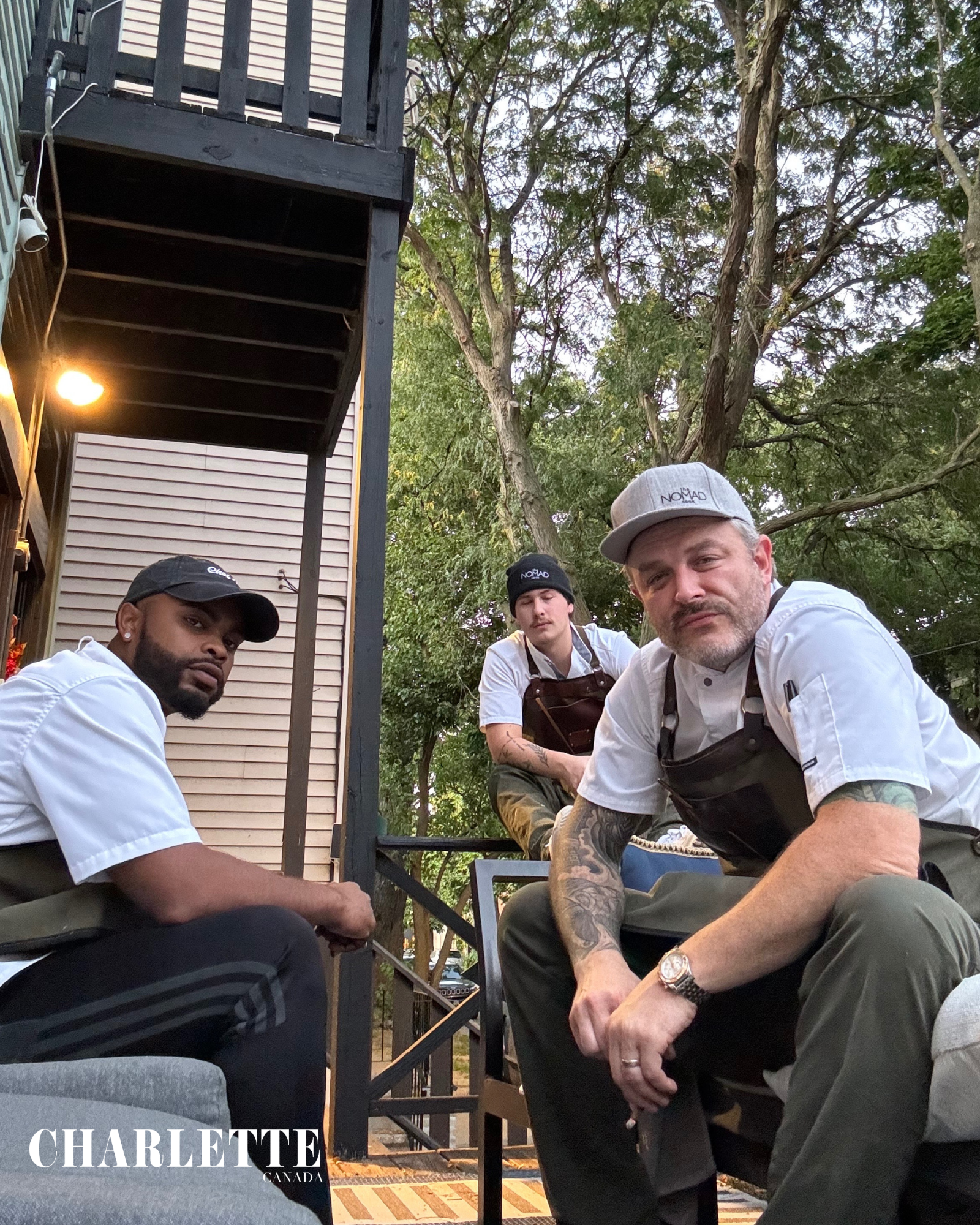 To the young chefs eyeing cannabis cuisine as a career path, his advice is direct. Don’t do it alone. Seek out chefs who are already doing the work. Volunteer, learn, listen. “Taking the certification course through the American Culinary Federation will give you the tools to cook with accuracy and confidence,” he says. The worst mistake a chef can make, in his view, is to “cook blind to the facts” and risk overdosing a guest. Every time that happens, he believes the movement suffers a setback. This is not a free-for-all. It is a discipline.
To the young chefs eyeing cannabis cuisine as a career path, his advice is direct. Don’t do it alone. Seek out chefs who are already doing the work. Volunteer, learn, listen. “Taking the certification course through the American Culinary Federation will give you the tools to cook with accuracy and confidence,” he says. The worst mistake a chef can make, in his view, is to “cook blind to the facts” and risk overdosing a guest. Every time that happens, he believes the movement suffers a setback. This is not a free-for-all. It is a discipline.
In every bite Petersen serves, there’s intention. A new memory formed. A stereotype unraveled. A boundary crossed. He’s building a table that looks unlike any that has come before it. And slowly, plate by plate, the world is pulling up a chair.